Bed bugs are back — and they’re biting harder than ever. These tiny, reddish-brown pests, once nearly eradicated in the U.S. during the mid-20th century, have resurged with a vengeance. Virginia is now on the front lines of this growing crisis, with several of its cities ranked among the worst in the nation for bed bug infestations. From apartment buildings and public housing to schools and hotels, the spread is swift and relentless.
The consequences of this infestation go beyond itchy bites. Bed bugs affect physical health, mental well-being, and economic stability. While they do not transmit diseases, the psychological toll can be severe, including insomnia, anxiety, and social stigma. As extermination becomes more expensive and challenging due to increasing pesticide resistance, cities across Virginia are scrambling to contain the outbreak.
In this article, we explore how five major Virginia cities are combating the bed bug onslaught — the strategies they’re employing, the obstacles they face, and the real-world impact on local residents. If you live in Virginia, this is more than a news headline — it’s a wake-up call.
Understanding the Bed Bug Threat
Before diving into specific cities, it’s important to understand the nature of the bed bug epidemic. Bed bugs are small, wingless insects that feed on human blood, usually at night. They hide in mattress seams, furniture crevices, and electrical outlets — anywhere dark and narrow. Their flat bodies make it easy for them to travel undetected in suitcases, clothing, and used furniture.
Infestations spread rapidly in densely populated areas, making urban environments especially vulnerable. Once established, bed bugs are extremely difficult to eliminate. Standard pesticides are often ineffective, and complete extermination can cost thousands of dollars per household.
According to recent national surveys, Virginia consistently ranks among the top ten states for bed bug infestations, and several cities in particular are hotspots. Below, we break down the situation in five of them.
Richmond: Ground Zero of Virginia’s Bed Bug Battle
Richmond, the state capital, is unfortunately a familiar name on national bed bug lists. The city’s aging housing stock, combined with high-density living, makes it especially susceptible to infestations.
What’s Happening
Reports of bed bugs in Richmond have been steadily increasing. Public housing units, particularly in the Southside and Church Hill neighborhoods, have been hit hard. Residents report waiting months for pest control services, while some have been forced to dispose of furniture, clothing, and even vacate their homes.
City Response
Richmond’s Housing Authority has ramped up pest control budgets and partnered with local exterminators for monthly treatments in high-risk buildings. However, a lack of centralized reporting and limited funding has slowed progress.
The city recently introduced a pilot program offering free inspections and treatments for low-income residents. There’s also a new ordinance under review that would mandate landlord responsibility for pest eradication within 10 days of a confirmed report.
Community Impact
For residents like those in Gilpin Court and Creighton Court, daily life involves constant vigilance — vacuuming daily, washing linens repeatedly, and avoiding visitors. Richmond continues to struggle, but the growing public pressure may finally bring more robust, long-term solutions.
Norfolk: A Military Town Under Siege
Norfolk, home to the world’s largest naval base, has not been spared. Military housing, hotels, and short-term rentals have all reported a rise in bed bug cases.
What’s Happening
In the past five years, pest control companies in Norfolk have reported a 60% increase in bed bug treatment requests. While much of this is linked to high turnover in military housing, civilian neighborhoods like Ocean View and Ghent have also seen infestations spike.
City Response
The city has taken a more educational approach, distributing bed bug awareness flyers through libraries, schools, and community centers. Norfolk Public Schools also instituted a policy requiring all reported cases to be treated and cleared before affected students return to class.
In addition, the Naval Station Norfolk has launched its own pest control task force, using heat treatments and canine inspections to prevent outbreaks in barracks and military apartments.
Community Impact
The transient nature of Norfolk’s population makes controlling the spread especially difficult. Families frequently move in and out, unknowingly transporting bed bugs from one unit to another. Renters have also reported challenges getting landlords to acknowledge and address infestations.
Despite these hurdles, Norfolk’s coordination between civilian and military authorities has shown signs of progress.
Virginia Beach: Tourists Beware
Virginia Beach, with its millions of annual visitors, faces a unique challenge — controlling bed bugs in the hospitality industry. Hotels, motels, and vacation rentals have all struggled to maintain bed bug-free environments, especially during the summer months.
What’s Happening
Bed bug complaints peak during the tourist season, particularly in beachfront accommodations. Despite strict cleaning protocols, the sheer volume of travelers brings an elevated risk. Short-term rentals listed on platforms like Airbnb have been especially problematic, with some properties hosting multiple infestations within the same season.
City Response
The Virginia Beach Department of Public Health has conducted unannounced inspections and developed a “Clean Lodging Certification” program. Properties that meet stringent pest control standards receive a visible seal of approval, boosting consumer confidence.
The city is also working with the local tourism board to educate vacationers on checking for bed bugs and reporting issues immediately.
Community Impact
Unfortunately, many visitors only realize they’ve brought home bed bugs days after leaving. This has led to lawsuits against hotel operators and Airbnb hosts. Locals working in the tourism sector also face exposure risks, particularly hotel staff and cleaners.
Virginia Beach’s efforts are promising, but with the continued influx of travelers, the city must remain vigilant.
Alexandria: Fighting Back with Tech and Tenacity
Alexandria, a historic and affluent city just outside Washington, D.C., has seen a different kind of bed bug battle — one involving upscale apartments, senior living communities, and high-end hotels.
What’s Happening
Despite its wealth, Alexandria has faced several high-profile outbreaks. Luxury buildings in neighborhoods like Old Town and Del Ray have experienced infestations, often due to international travel and imported furniture.
Bed bugs have also made their way into public libraries, senior centers, and government offices, forcing closures and extensive cleanups.
City Response
Alexandria has invested in cutting-edge solutions, including thermal remediation (heat treatments), cryogenic freezing, and bed bug-sniffing dogs. The city also launched a digital map showing reported infestations, helping residents avoid problem areas.
Their Bed Bug Task Force brings together public health officials, building managers, and pest control experts to create customized treatment plans for multi-unit buildings.
Community Impact
Residents have responded with proactive strategies, including regular inspections and in-unit pest monitoring. Still, stigma remains, especially among elderly and disabled populations who fear being blamed or evicted due to infestations.
Alexandria’s tech-forward approach offers a potential model for other cities — but it comes at a high cost.
Roanoke: Quiet City, Growing Problem
Roanoke, nestled in southwest Virginia, was once considered relatively immune to the bed bug trend. That changed drastically over the last decade.
What’s Happening
Bed bug infestations in Roanoke have surged in recent years. Pest control businesses have seen a threefold increase in calls. In particular, the Gainsboro and Melrose neighborhoods have experienced persistent outbreaks, often due to limited access to professional extermination services.
Public housing units and shelters have been particularly affected. The tightly packed nature of shelters and the transient population makes bed bugs hard to track and treat.
City Response
Roanoke has partnered with local nonprofits to educate residents and provide low-cost treatment kits. A city-funded bed bug hotline helps connect residents with pest control experts and funding options.
Despite these efforts, widespread eradication remains elusive. Budget constraints and an aging housing infrastructure contribute to the challenges.
Community Impact
Residents in low-income areas report feeling abandoned and stigmatized. Many fear reporting infestations due to potential eviction or rent increases. Roanoke’s public health officials have called for increased state funding and a dedicated pest control division.
Still, grassroots efforts by community organizers and neighborhood associations are helping to close the gap.
Why Virginia Cities Are Losing the Battle
Several factors are contributing to the ongoing bed bug crisis in Virginia:
-
Resistance to traditional pesticides: Bed bugs are becoming immune to many over-the-counter solutions.
-
Lack of uniform legislation: There is no statewide standard requiring landlords to address infestations quickly.
-
High turnover rates: Cities with transient populations (like students, military families, and tourists) are more vulnerable.
-
Insufficient public education: Many residents still mistake bed bugs for fleas or roaches and don’t take appropriate action early enough.
These challenges mean that even the best-laid plans can fall short unless there is long-term commitment from both local governments and residents.
What Residents Can Do
If you live in Virginia — or plan to travel there — here are a few steps to protect yourself:
-
Inspect hotel rooms and short-term rentals before settling in. Look behind headboards, under mattresses, and around baseboards.
-
Avoid buying secondhand furniture unless it’s been thoroughly inspected and treated.
-
Seal cracks and crevices in your home where bed bugs could hide.
-
Wash and dry clothes at high temperatures after traveling.
-
Report infestations immediately to landlords, health departments, or property managers.
Knowledge and vigilance remain the best defense against a bed bug invasion.
Conclusion
The bed bug invasion in Virginia is more than just a nuisance — it’s a public health and housing crisis. Cities like Richmond, Norfolk, Virginia Beach, Alexandria, and Roanoke are dealing with different scales and sources of infestation, but the struggle is the same: to reclaim homes, hotels, and communities from these persistent pests.
Solutions will require a combination of policy changes, financial investment, tenant protections, public education, and community cooperation. The road ahead is long, but one thing is clear — ignoring the problem is no longer an option.
For Virginians living in the shadow of the bed bug resurgence, the fight continues, one apartment, hotel room, and home at a time.

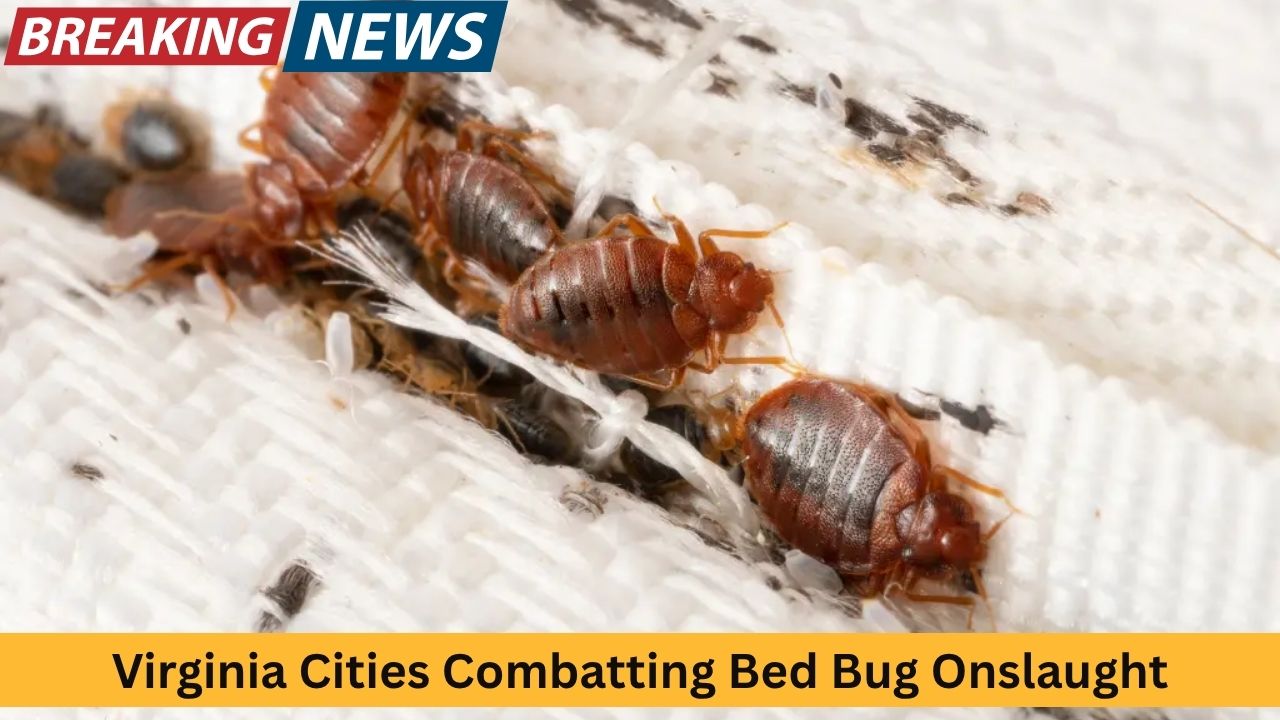

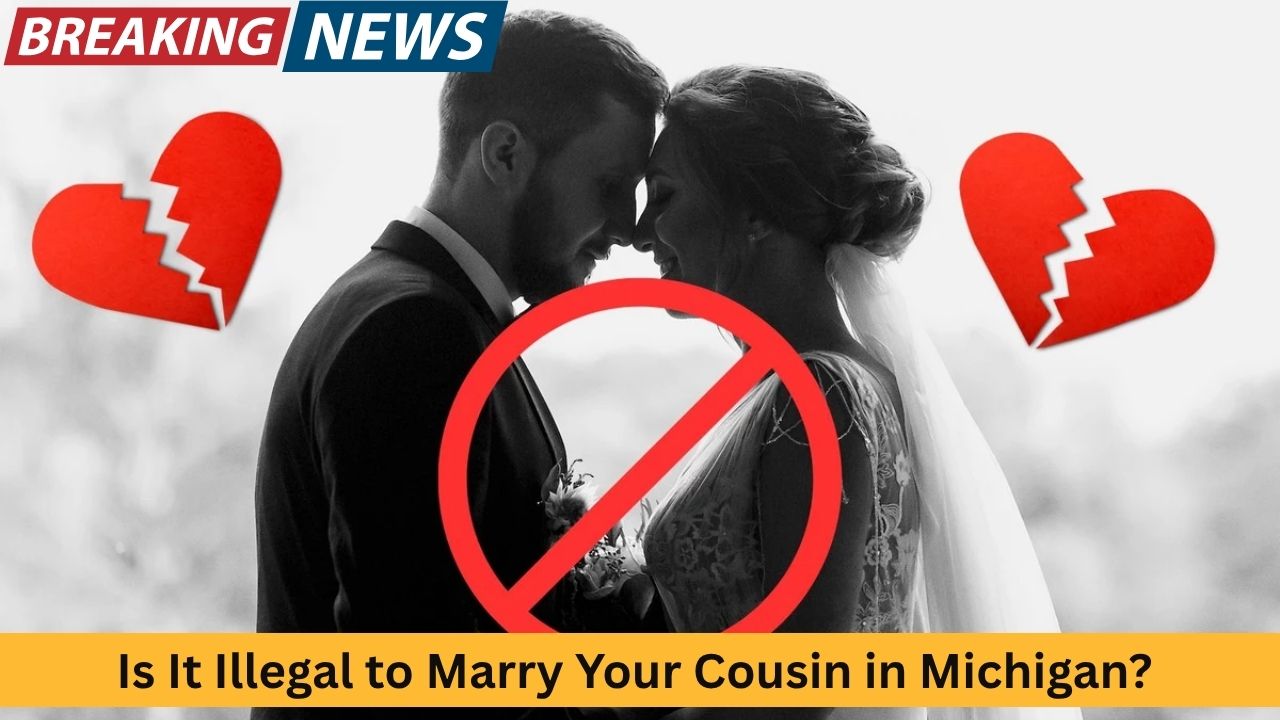
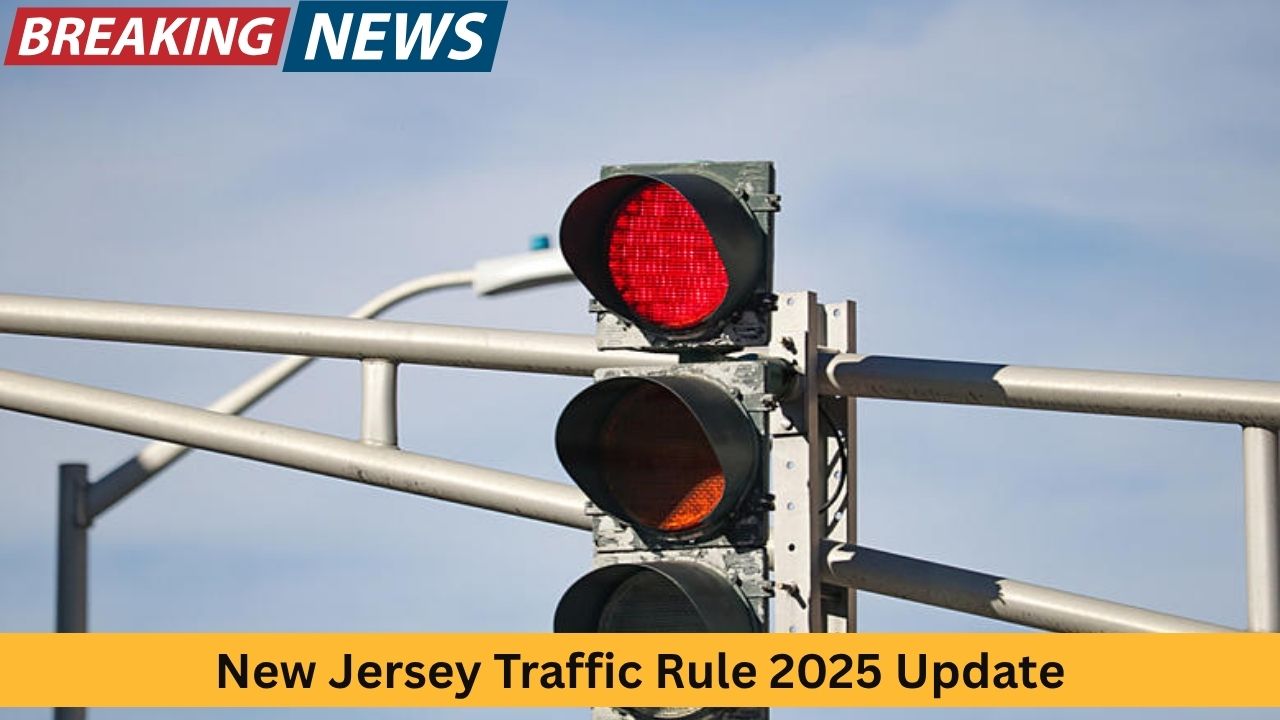


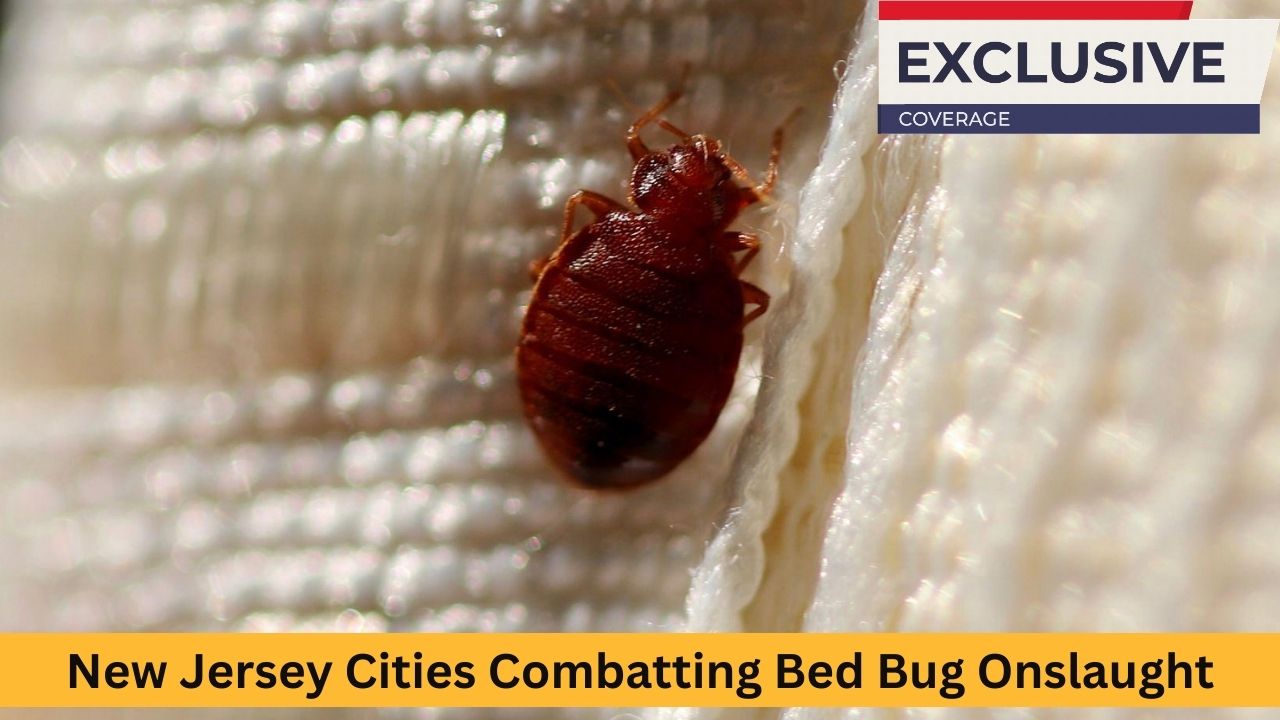
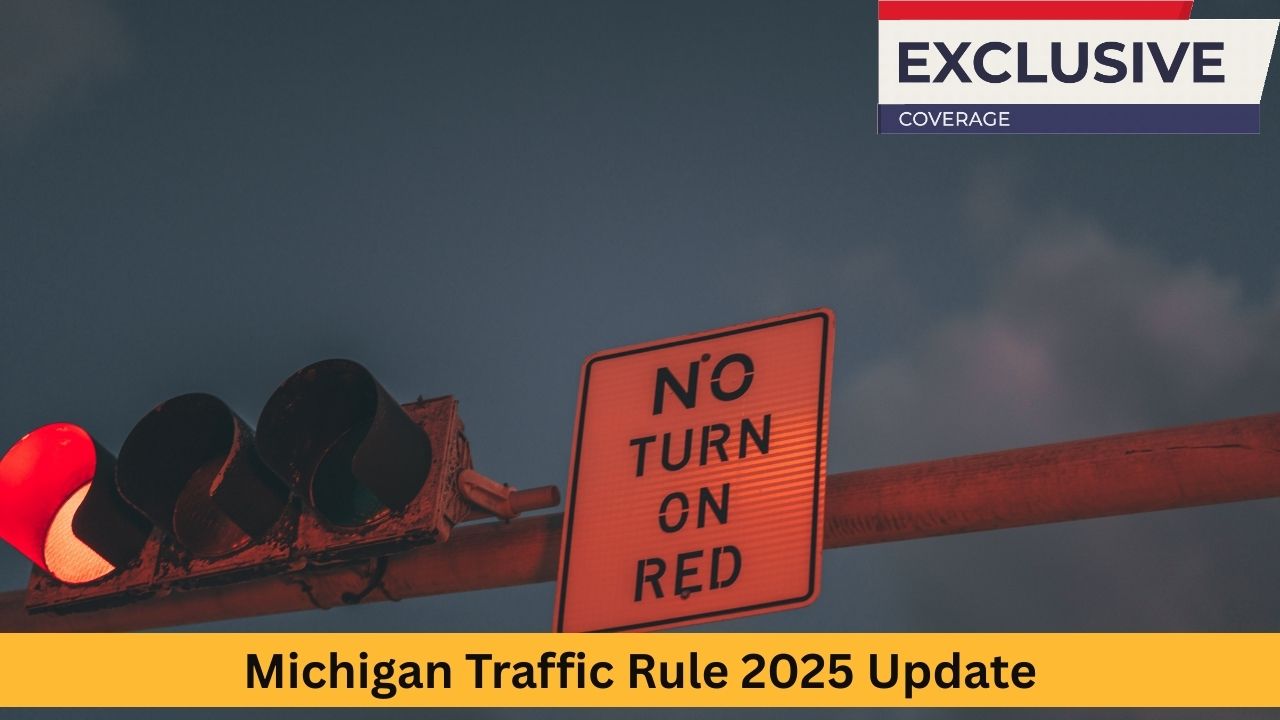


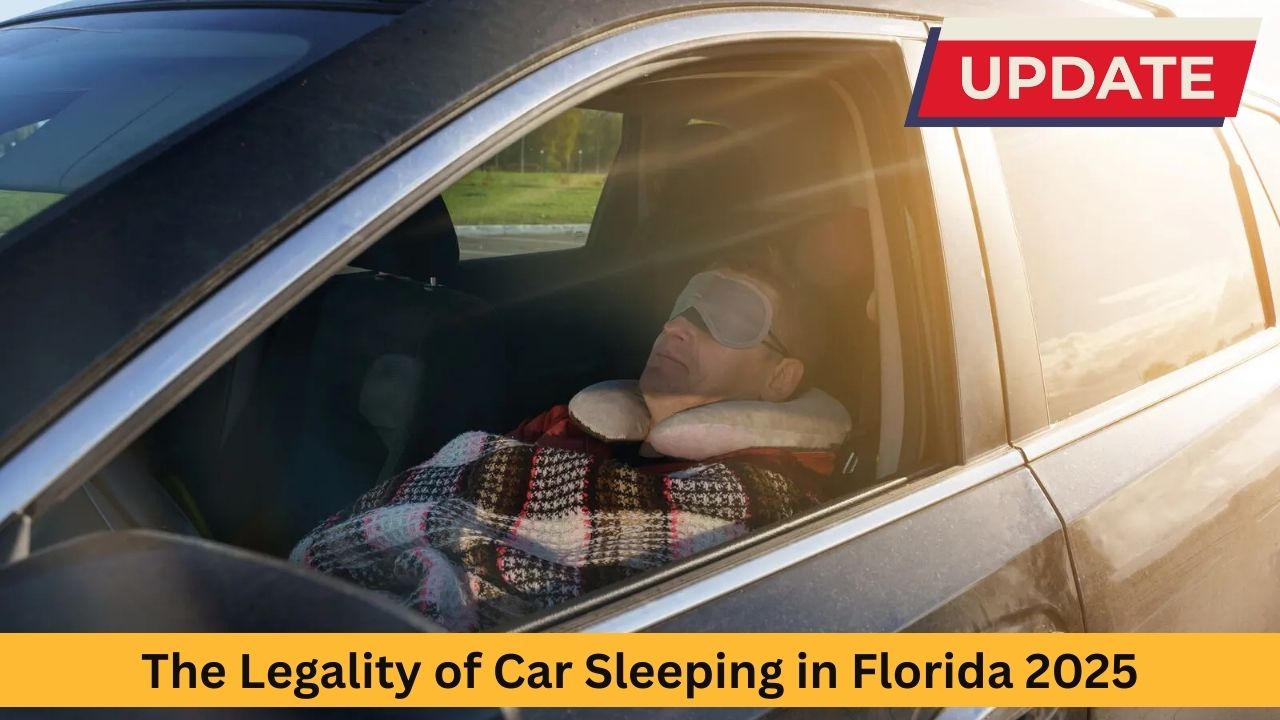
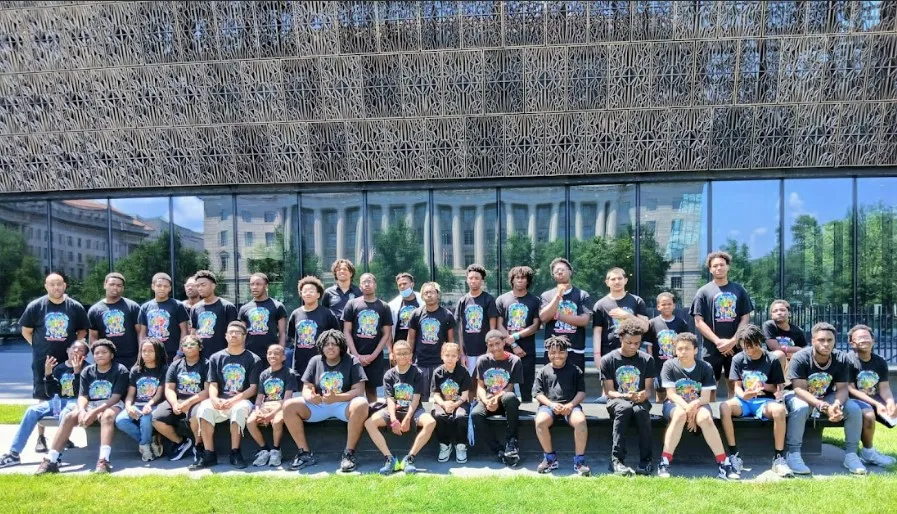
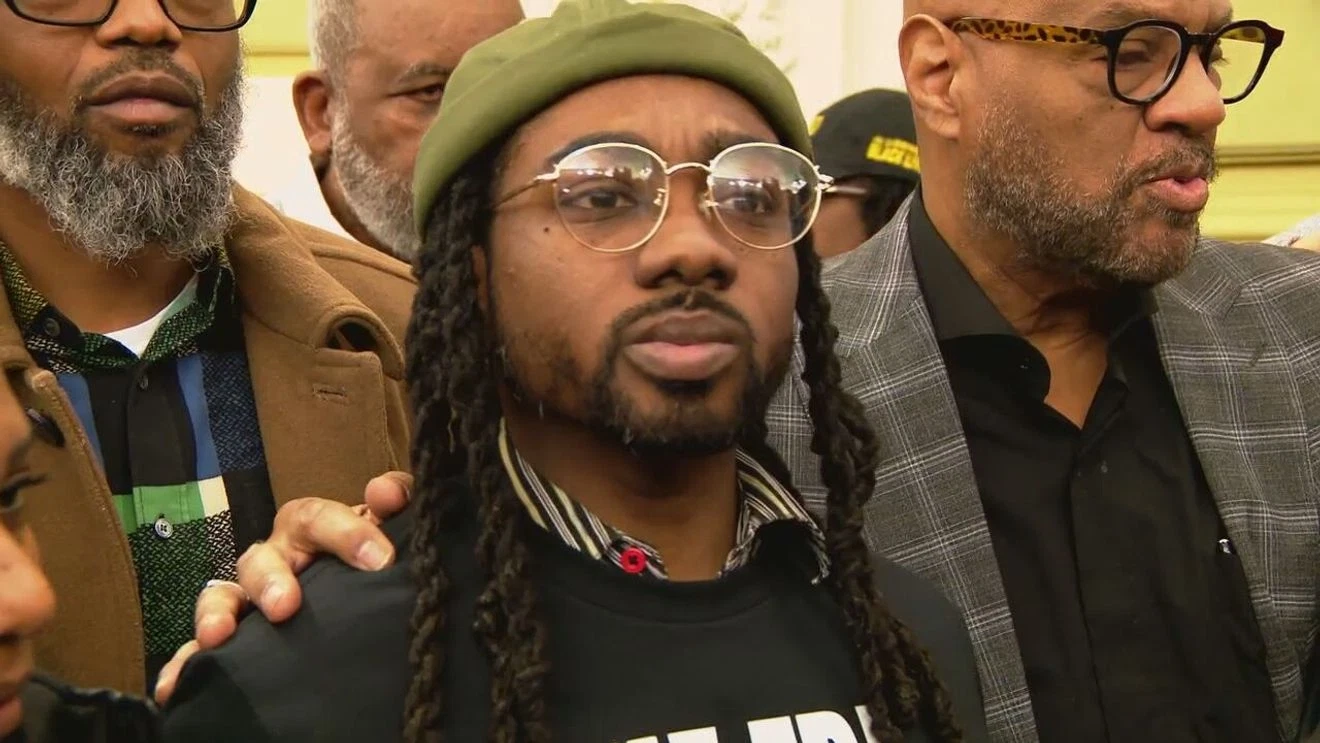

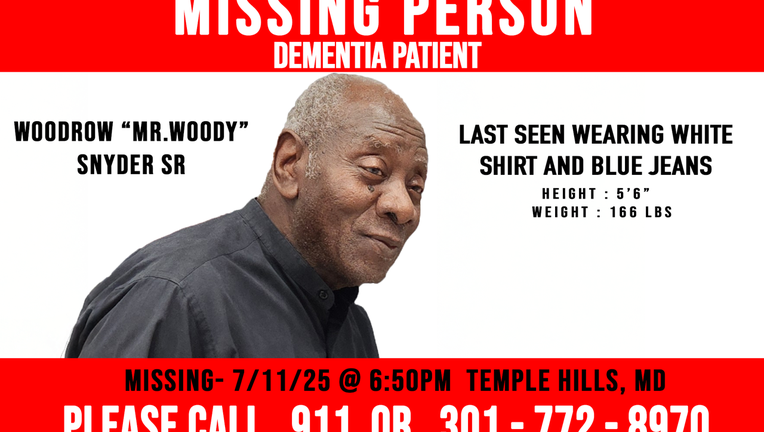
Leave a Reply